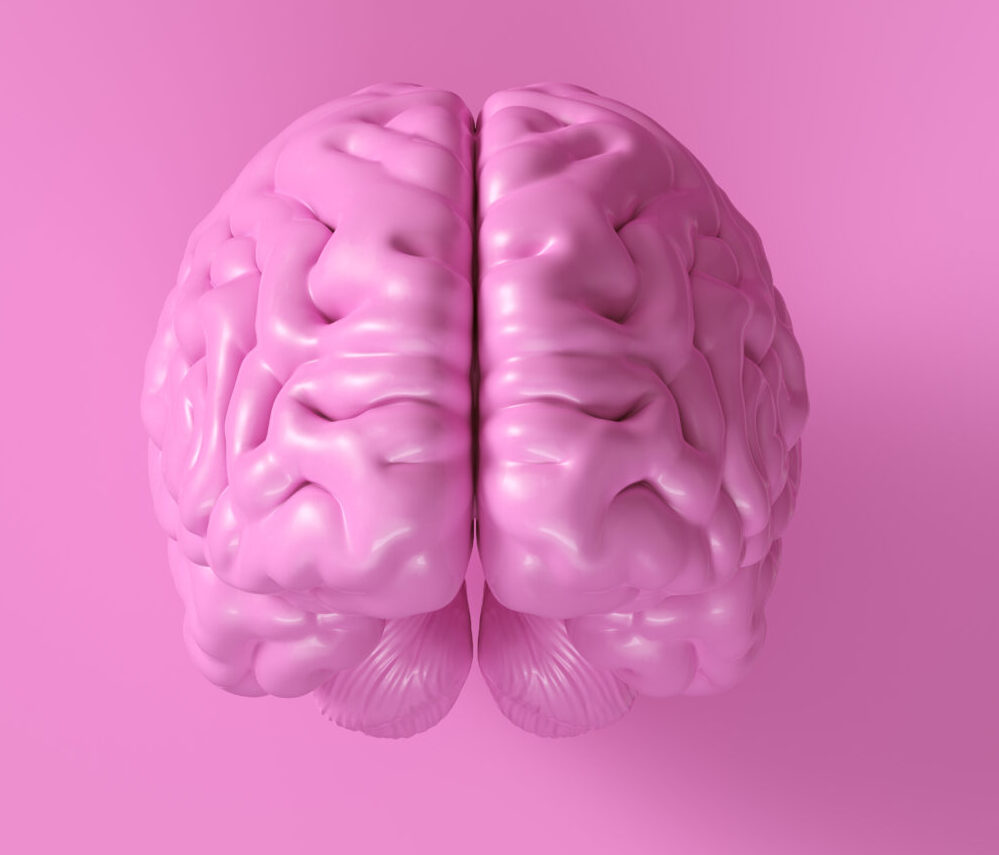Age-Related Changes and Their Influence on Alzheimer’s
### Understanding Age-Related Changes and Their Influence on Alzheimer’s
Alzheimer’s disease is a complex condition that affects millions of people worldwide. It is often linked to aging, but what exactly happens in the brain as we age, and how does this lead to Alzheimer’s? Let’s break it down in simple terms.
#### How Our Brains Change with Age
As we get older, our brains undergo natural changes. These changes can be seen in the way brain cells function and how the brain’s structure evolves. Here are some key points:
– **Brain Volume Decrease**: Starting from around age 65, the volume of the brain begins to decrease. This loss is more pronounced in areas like the frontal and temporal lobes, which are crucial for memory and cognitive functions[2].
– **Neuronal Loss**: Older brains experience a loss of neurons, especially in the cerebellum and cerebral cortex. This loss is primarily due to programmed cell death, a process called apoptosis[2].
– **Synaptic Changes**: Even though new neurons are formed, the connections between them (synapses) decrease. This can contribute to age-related cognitive decline[2].
– **Lipofuscin Accumulation**: A substance called lipofuscin accumulates in certain brain areas, particularly the hippocampus and frontal cortex. While its impact on brain function is not fully understood, it is a sign of aging[2].
#### Genetic Factors and Alzheimer’s
Genetics play a significant role in Alzheimer’s. Some people are more prone to developing the disease due to genetic variations. Here’s what you need to know:
– **APOE Gene**: The APOE gene is well-known for its link to Alzheimer’s. The APOE E4 allele increases the risk of developing the disease and can lead to an earlier onset[2][3].
– **Other Genetic Variants**: Rare variants in genes like APP, PSEN1, and PSEN2 can cause early-onset Alzheimer’s. These genes are associated with changes in the brain that lead to the disease[2].
#### How Genetic Changes in Brain Cells Link to Alzheimer’s
Recent research has highlighted the importance of genetic changes in specific brain cells, such as microglia and oligodendrocytes. These cells are crucial for maintaining brain health and function. Here’s how genetic variations affect them:
– **Microglia and Oligodendrocytes**: These immune and support cells in the brain change with age and are linked to Alzheimer’s risk. Genetic variations in these cells can affect how they function, either positively or negatively, depending on the variant[1][3].
– **Gene Activity**: Researchers used RNA sequencing to study gene activity in both humans and mice. They found that certain genetic variants were linked to how cells respond to aging, while others were specifically linked to dementia[1][3].
#### The Connection Between Aging and Alzheimer’s
The study suggests that aging gene variants may prime some people for dementia, influencing when and how Alzheimer’s develops. This means that as we age, our brains become more susceptible to the changes that lead to Alzheimer’s. Some people may develop dementia in their 70s or 80s, while others remain mentally sharp well into old age[1][3].
#### Conclusion
Understanding age-related changes and their influence on Alzheimer’s is crucial for developing new treatments and preventive measures. By recognizing the genetic and cellular factors at play, researchers hope to create innovative therapies that can slow brain aging and the progression of Alzheimer’s disease. This knowledge offers hope for a brighter future for families affected by this life-changing condition.





